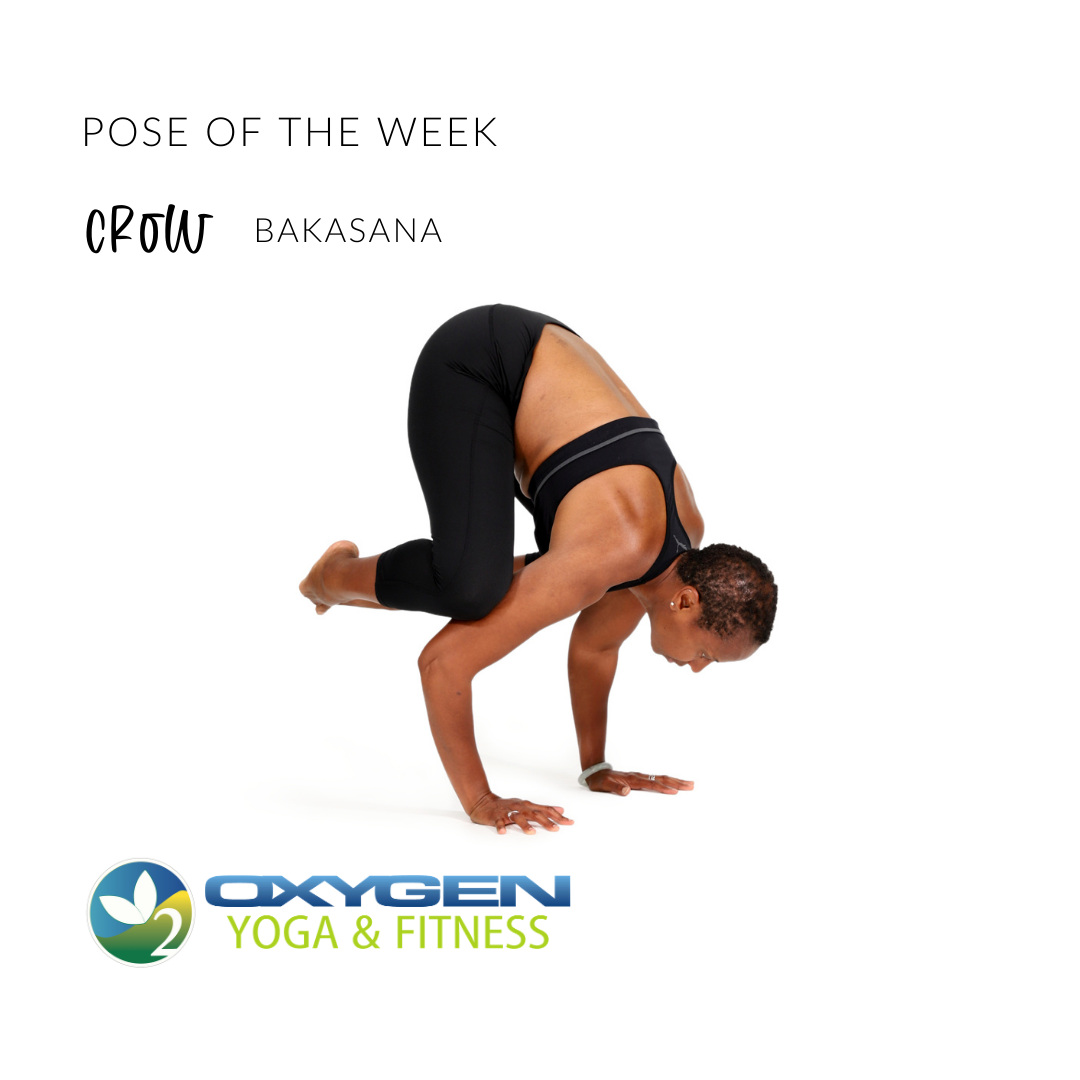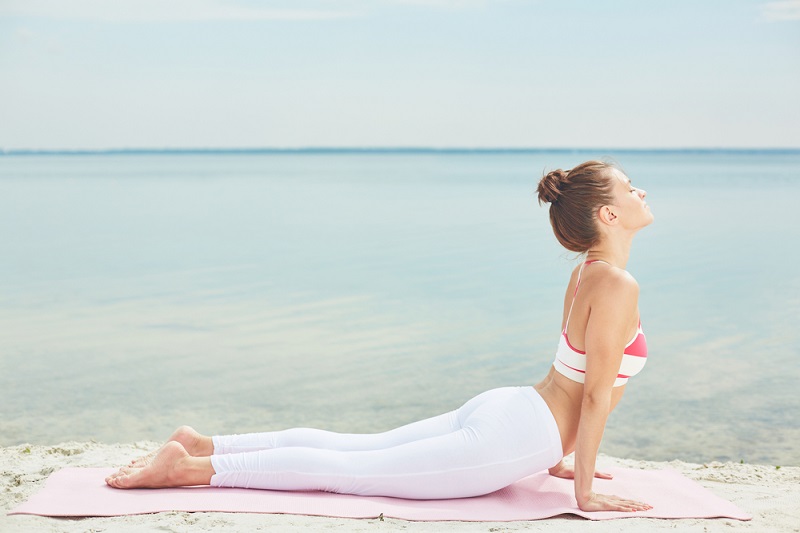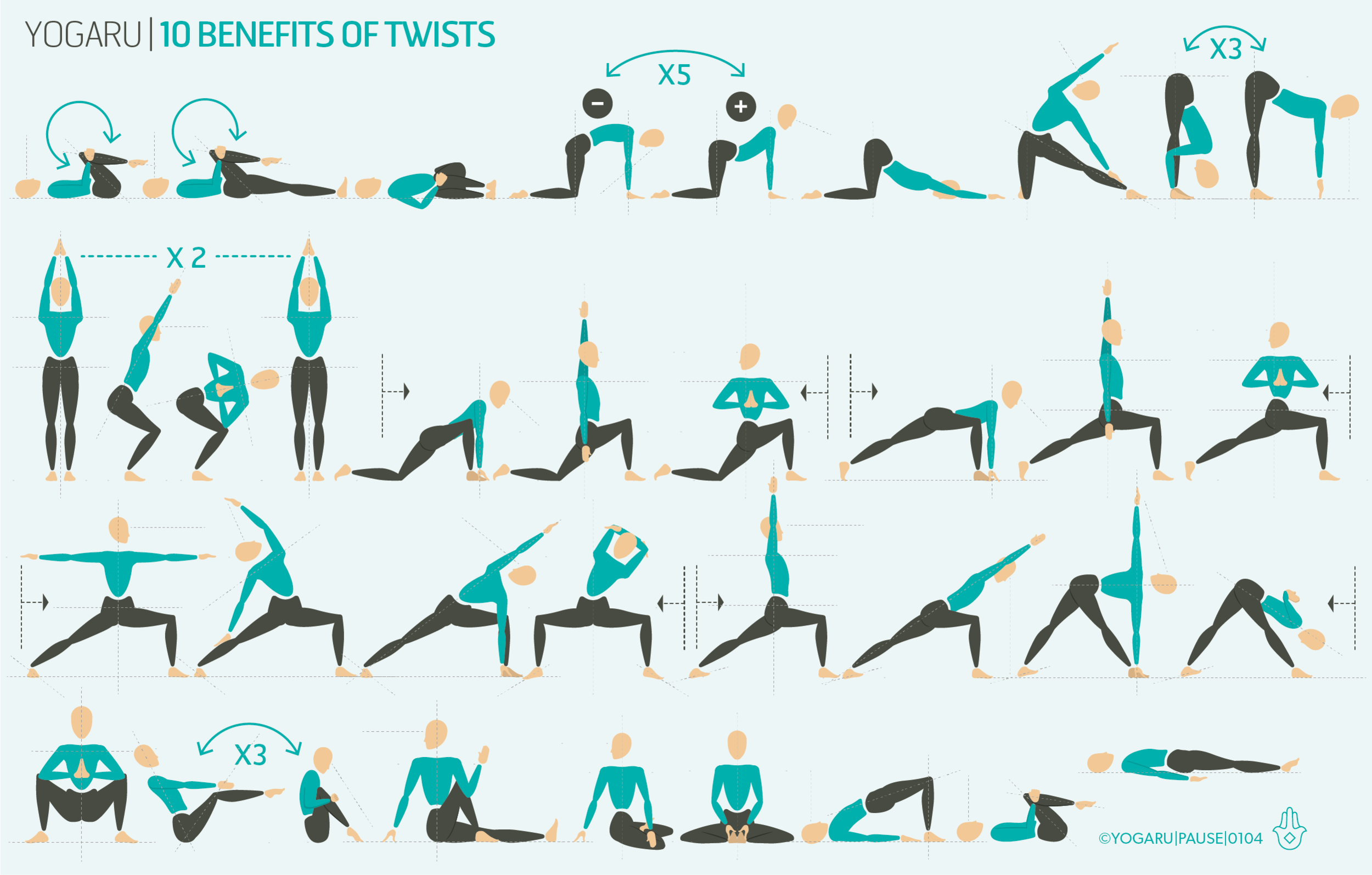
Yoga can help you to sleep better. Yoga has been proven to help cancer patients with insomnia without using medication. It can also make you feel more calm and focused during the day.
Insomnia affects millions and can negatively impact your mental and physical health. These simple yoga positions will help you to relax, and you can get a good night's sleep if your problem is falling asleep.
sleeping yoga pose
Practicing some simple breathing exercises and stretches before bedtime can help you to fall asleep easier. These techniques take little time to perform and can be done anywhere - in your bedroom, while showering or wherever you like.

Yoga poses are great for insomnia. Some Yoga poses help to release tension and calm the mind while others stretch the body. Whatever pose you choose, make sure to breathe deeply and stay consistent.
You may feel discomfort or pain if you don't feel comfortable with the pose. If you are not yet ready to do the pose, start off with a mild version and progress from there.
sleeping yoga nidra
Yoga Nidra helps you to relax your mind and body so that you can sleep more easily. It can also improve memory and decrease anxiety. Try a guided Yoga Nidra before bed, or listen to an audio file to help you fall asleep.
Yoga is a great way to get a good night's sleep, but it isn't for everyone. Talk to your doctor if you are pregnant or have a medical condition before starting a new Yoga regimen.

sleep yoga poses for insomnia
Some of the best yoga poses for sleeping are designed to help relieve tension and stress. A good night's rest is greatly influenced by this. These poses will give you the opportunity to practice deep breathing, which has been shown to have positive impacts on your sleep.
sleep yoga nidra
Yoga Nidra may also be beneficial for a better night's rest. This practice can help to increase your awareness of emotions and improve sleep. It can reduce anxiety, ease depression and is a wonderful way to relax before bed.
Sleep Yoga Poses for Insomnia: Easy and Safe!
The best sleeping Yoga poses to combat insomnia are simple, gentle, and very easy to do. You can practice these poses either in the evening before you go to sleep or early in your morning before you leave for work. These poses should be held between 5-10 breaths. This will allow you to overcome sleep problems, such as insomnia or erratic cycles.
FAQ
How long does yoga take to work?
Yoga is a slow process, but you will always get a great workout. It takes time in order to build strength and flexibility. Start slow, then increase intensity until you reach your optimal level.
Consistency is key. The more often you practice, the better you become at it.
Yoga involves a lot of sweating.
This depends on which style of yoga is being practiced. Vinyasa flow, or power yoga, involves a lot of twisting and turning movements. People often sweat heavily while practicing yoga.
In contrast, Hatha yoga focuses on poses like forwarding bends and twists. Since these poses aren’t strenuous, most practitioners won’t feel heavy sweating.
What are the main differences between Hatha (ashtanga), Vinyasa (power yoga), Kripalu, Bikram and others? ?
There are many kinds of yoga. Each offers its unique approach to achieving balance in our lives.
Some of the most sought-after forms of yoga are:
Hatha – This is a form of stretching that focuses on flexibility and core strength.
Ashtanga - This focuses on slow-paced movements that build strength and stamina.
Vinyasa: This style of yoga allows you to deeply breathe and has fast-flowing sequences.
Power – A form of power-yoga that features more difficult moves.
Kripla - One of the oldest forms and traditions of yoga, Kripla dates back thousands of year.
Bikram - This type of yoga is practiced in heated rooms.
Is there a yoga class for people with special needs or disabilities?
Yes, many yoga studios offer specialized classes to accommodate people with disabilities. These include:
-
Physically challenged individuals who want to improve their posture
-
People with limited mobility
-
Persons with arthritis
-
Recovering from injuries
-
The elderly
Encourage your friends and family to sign up for these classes if they are interested.
I'm already engaged in some form of physical activity. Is yoga still a good option?
Yes! Yoga can be beneficial for anyone, even if they are not physically active. Yoga can be combined with other activities like running, cycling, lifting weights, and swimming to achieve greater results.
Yoga helps you to focus on your breathing, which will help you burn calories quicker.
Yoga can also help you increase your endurance. You can reap the many benefits of yoga no matter how advanced or beginner you are.
How does yoga work
Yoga is based on alignment, breath control, meditation, and stillness principles. When practiced correctly, it creates a feeling of peace and calms within the practitioner.
Warming up is an important step in any yoga class. For example, you could start with forwarding bends. These moves will loosen your muscles and prepare for deeper poses.
Next is the balance pose known as "standing." During this pose, you stand with your feet, arms at your sides, and gaze down toward the floor. Your body should feel rooted, centered, and balanced.
The final step is deep stretching. In these poses, you lie face up on the ground, bend your knees, lift one leg, then the other, and stretch your spine in every direction possible. To keep from falling, hold onto something sturdy. If you don’t have anything to hold on to, place your hands on something nearby.
After all these poses are completed, you'll be able to transition into a series or standing poses. These include the warrior pose (mountain pose), mountain pose, downward facing, upward facing, plank pose, last pose, and the warrior pose (warrior pose).
It is important to slow down and breathe deeply when you do yoga. Deep breathing can not only clean your lungs, but it also calms your mind. You can do this by focusing on your inhales and exhales. Try counting each time you take a breath.
You can even practice yoga while cooking. Follow the steps above, but don't lie on your back.
Start with 10 minutes daily if you're new to yoga. You can still benefit from yoga, regardless of your age.
Statistics
- According to the Agency for Healthcare Research and Quality, falls are incredibly common among older adults in nursing facilities. Even the simplest ones can increase the risk of death (24). (healthline.com)
- According to calorie estimates calculated at Harvard Medical School, the average 125-pound person burns about 120 calories in a half hour of hatha yoga, and a 185-pound person burns about 178 calories in that half hour. (everydayhealth.com)
- Gentle yoga has been shown to ease some of the discomforts of tender, swollen joints for people with arthritis, according to a Johns Hopkins review of 11 recent studies. (hopkinsmedicine.org)
- A 2020 review of 27 studies (1,805 total participants) of yoga interventions in children or adolescents found reductions in anxiety or depression in 70 percent of the studies, with more promising results for anxiety. (nccih.nih.gov)
- Lock in 25% off your Founding Member rate. (corepoweryoga.com)
External Links
How To
Which is the best place to do yoga?
There is no right or wrong way of practicing yoga. Every person has their own style. You just need to identify which positions are most comfortable.
These are some of the most common positions:
For beginners, standing poses are a good choice because you can see your body from various angles. They allow you to focus more on your breathing.
Forward bends: Forward bends are used to stretch tight areas. You can do them sitting down or lying down.
Backbends – Backbends are considered to be advanced poses. You should consult your instructor before you attempt one.
Inversions: Inversions are poses where you balance on your side. This is a challenging but rewarding type of yoga.